It’s no secret that house cats have wild relatives like lions, tigers, and leopards. While they may seem worlds apart, from their size to their habitats, domestic cats and big cats share more similarities than you might expect. These fascinating parallels in behavior remind us that even the tiniest feline is deeply rooted in its wild ancestry.
Hunting Instincts in Miniature
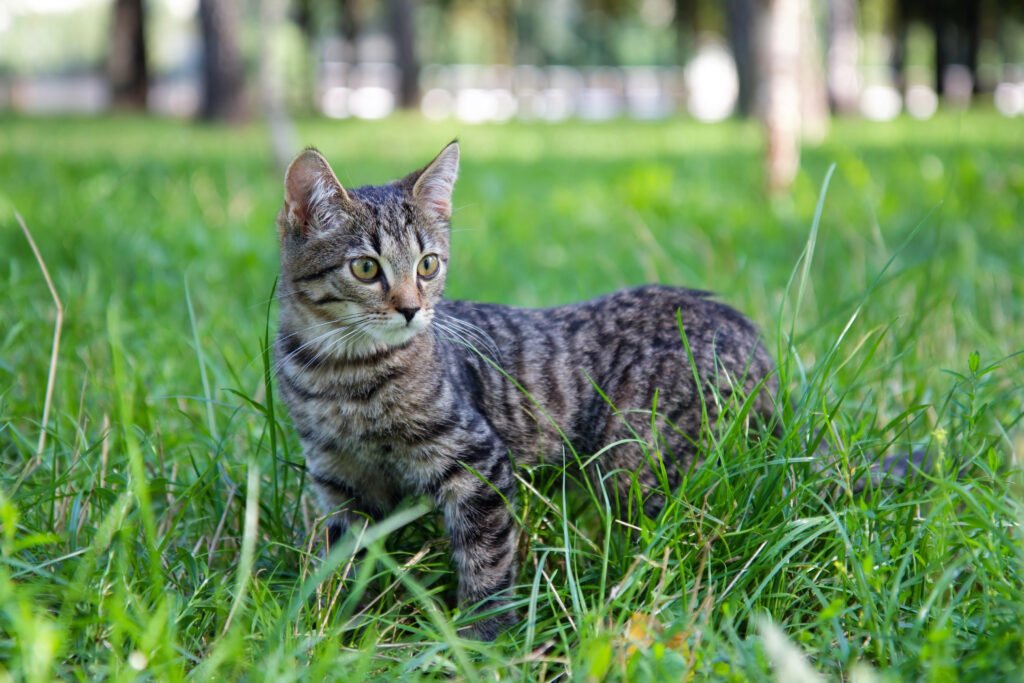
Domestic cats may be fed well at home, but their hunting instincts remain sharp. Just like lions stalking prey on the savanna or tigers crouching in dense jungles, house cats will “hunt” toys, insects, or even shadows around the house. This playful pouncing and stealthy stalking is a direct reflection of the same instincts their larger relatives use for survival.
The Wild Connection
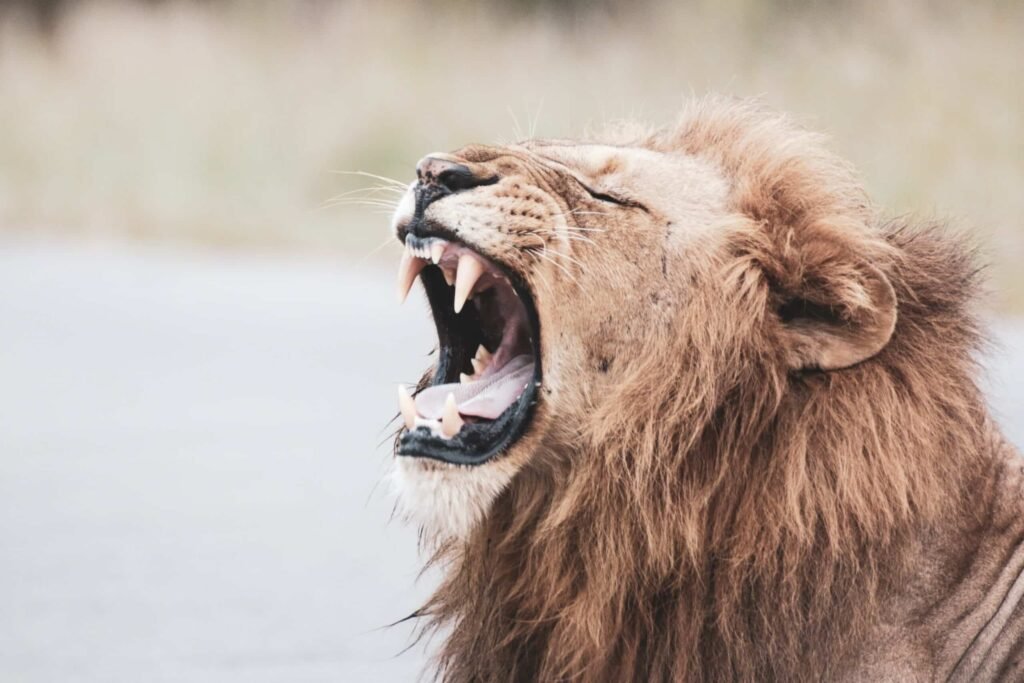
Both house cats and their big cat cousins are territorial by nature. Lions mark their territory with roars and scent markings, while your house cat rubs their face on furniture or scratches objects to claim their space. This shared behavior reinforces the deep evolutionary drive to establish and defend their territory, whether it’s a vast savanna or your living room.
Communication Through Body Language
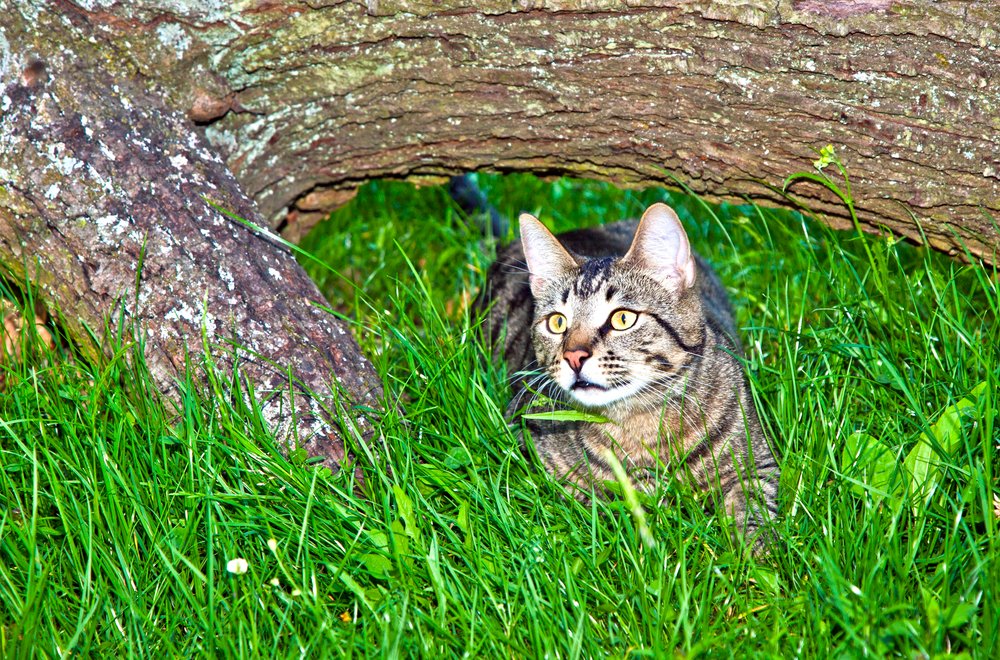
House cats and big cats have a rich repertoire of body language to express themselves. A tiger’s slow blink to its cubs is mirrored by the way your cat blinks softly at you—a sign of trust and affection. Similarly, tail flicks, ear positioning, and vocalizations like growls or chirps are communication tools both types of cats use to convey emotions and intentions.
Sleeping Habits Fit for Royalty
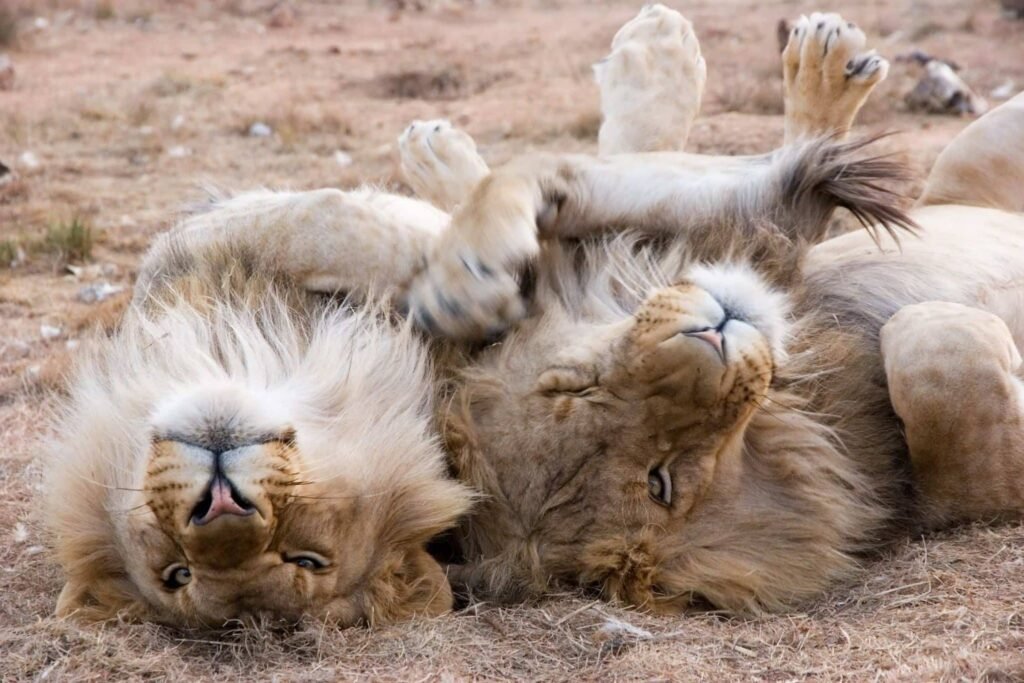
Cats, big and small, are known for their love of sleep. Domestic cats sleep up to 16 hours a day, while lions can snooze for up to 20 hours. This shared penchant for rest is rooted in their biology: as predators, conserving energy is crucial for success in hunting, whether it’s for a gazelle or a feather toy.
Play as Practice for Survival
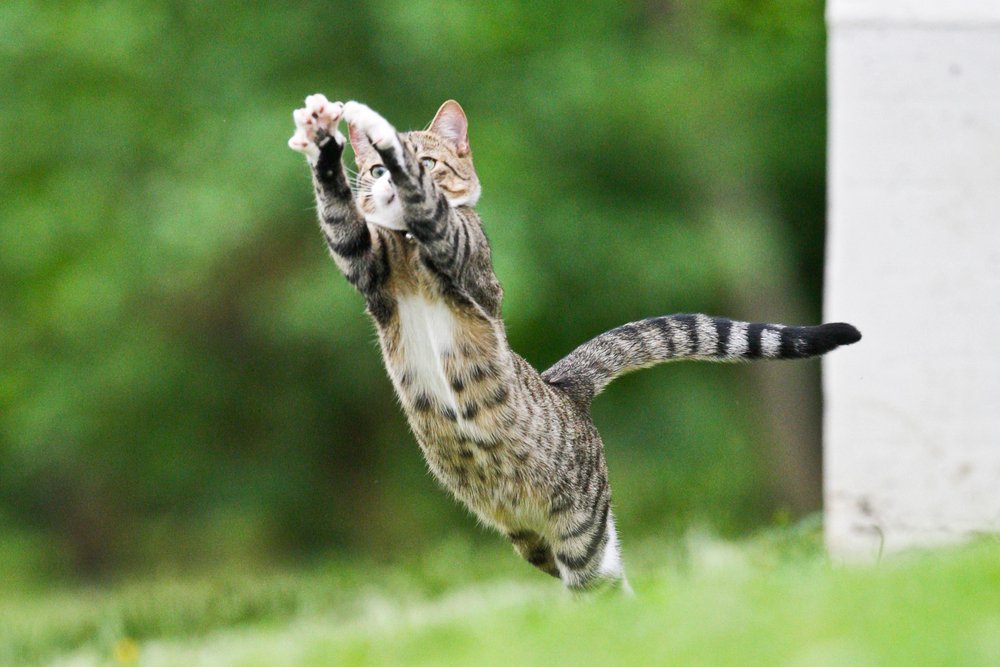
The playful antics of your house cat—chasing string, batting at toys, or leaping after a laser pointer—are not just for entertainment. These actions mimic the hunting and survival skills that lions and tigers perfect in the wild. Playtime is how cats of all sizes develop coordination, sharpen reflexes, and engage their natural curiosity.
Grooming and Social Bonds
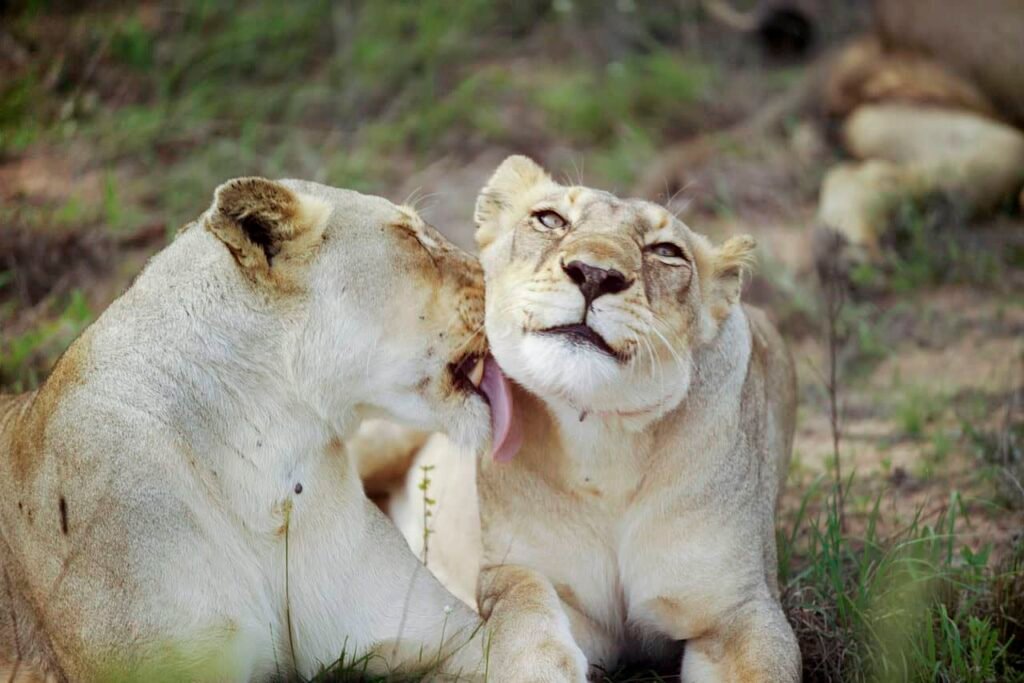
Both domestic cats and big cats place a strong emphasis on grooming, not just for hygiene but also for bonding. Lions groom members of their pride to strengthen social ties, just as your house cat may lick you or a fellow pet as a sign of affection. This mutual grooming reflects a shared need for connection within their social groups.
The Untamed Spirit in Every Cat
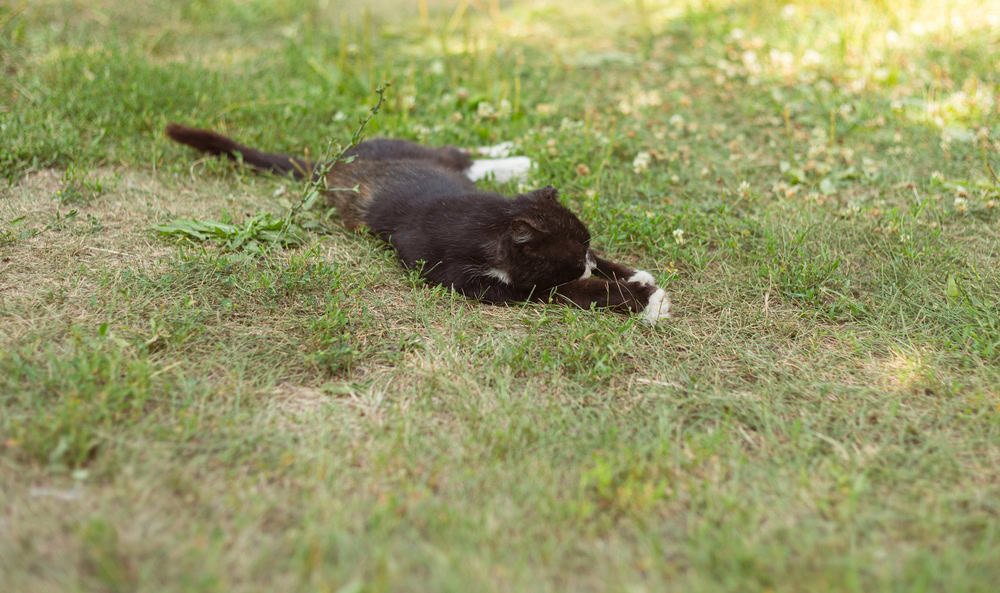
Despite their smaller size and domesticated lifestyles, house cats are strikingly similar to their wild cousins. From their hunting instincts to their sleeping patterns, the behaviors of lions, tigers, and house cats are a testament to their shared lineage. Observing your house cat offers a glimpse into the wild world of their larger relatives, proving that every feline, no matter how small, carries the untamed spirit of the jungle within.

Growing up traveling and experiencing new cultures and wonders, I have had a passion for nature, adventuring, photography, and videography. I am currently working towards a BSc in Biodiversity and Ecology at Stellenbosch University, and I hope to specialise in Marine Sciences one day.
Please send any feedback to Feedback@animalsaroundtheglobe.com






